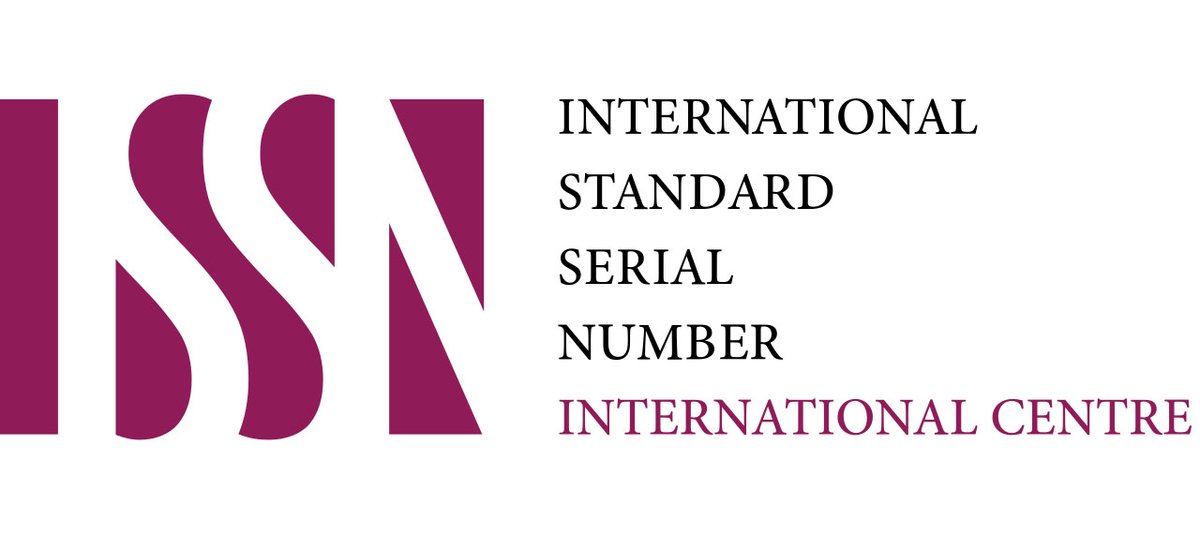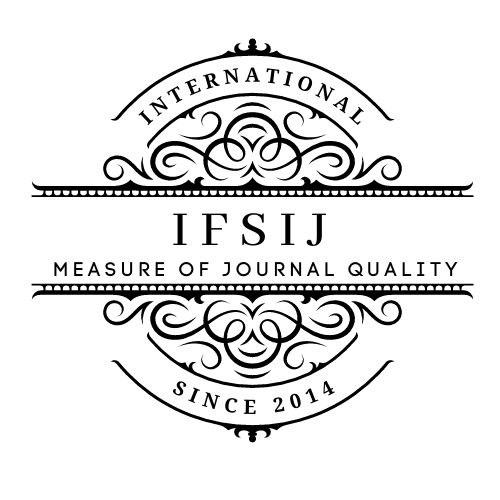A CORPUS-BASED ANALYSIS OF UZBEK JADID TEXTS
Keywords:
Digital humanities; Jadid movement; Uzbek; corpus linguistics; text mining; modernization; language reform.Abstract
The Jadid movement of late 19th–early 20th century Central Asia was a reformist drive to modernize education, society, and language among Turkic Muslims. This study applies digital humanities tools—specifically corpus linguistics, text mining, and topic modeling—to examine Uzbek-language texts produced by Jadid intellectuals. A specialized corpus of Jadid newspapers, educational tracts, and literary works was compiled and analyzed to uncover linguistic and ideological patterns. Quantitative analysis (frequency counts, keyword comparisons, collocations) reveals that Jadid writings are characterized by frequent themes of “knowledge”, “progress”, and “nation”, reflected in high-frequency terms like ma’rifat (enlightenment) and taraqqiyot (progress). Collocation and topic modeling analyses show how these concepts were embedded in discussions of modern science, morality, and social reform, highlighting the Jadids’ multi-layered vision of enlightenment and faith in progress. Results also indicate a stylistic blend of classical literary Uzbek with colloquial expressions, as well as the conscious introduction of new vocabulary (including loanwords) to meet the needs of a modernizing society. These corpus-based findings illustrate how Jadid discourse actively shaped the development of modern Uzbek, revealing the movement’s role in linguistic change and sociocultural modernization. The study demonstrates that digital text analysis can enrich our understanding of Jadid rhetoric and its impact on language, providing empirical evidence for the Jadids’ contributions to the emergence of an Uzbek national language.
Downloads
Published
Issue
Section
License

This work is licensed under a Creative Commons Attribution-NonCommercial-NoDerivatives 4.0 International License.















